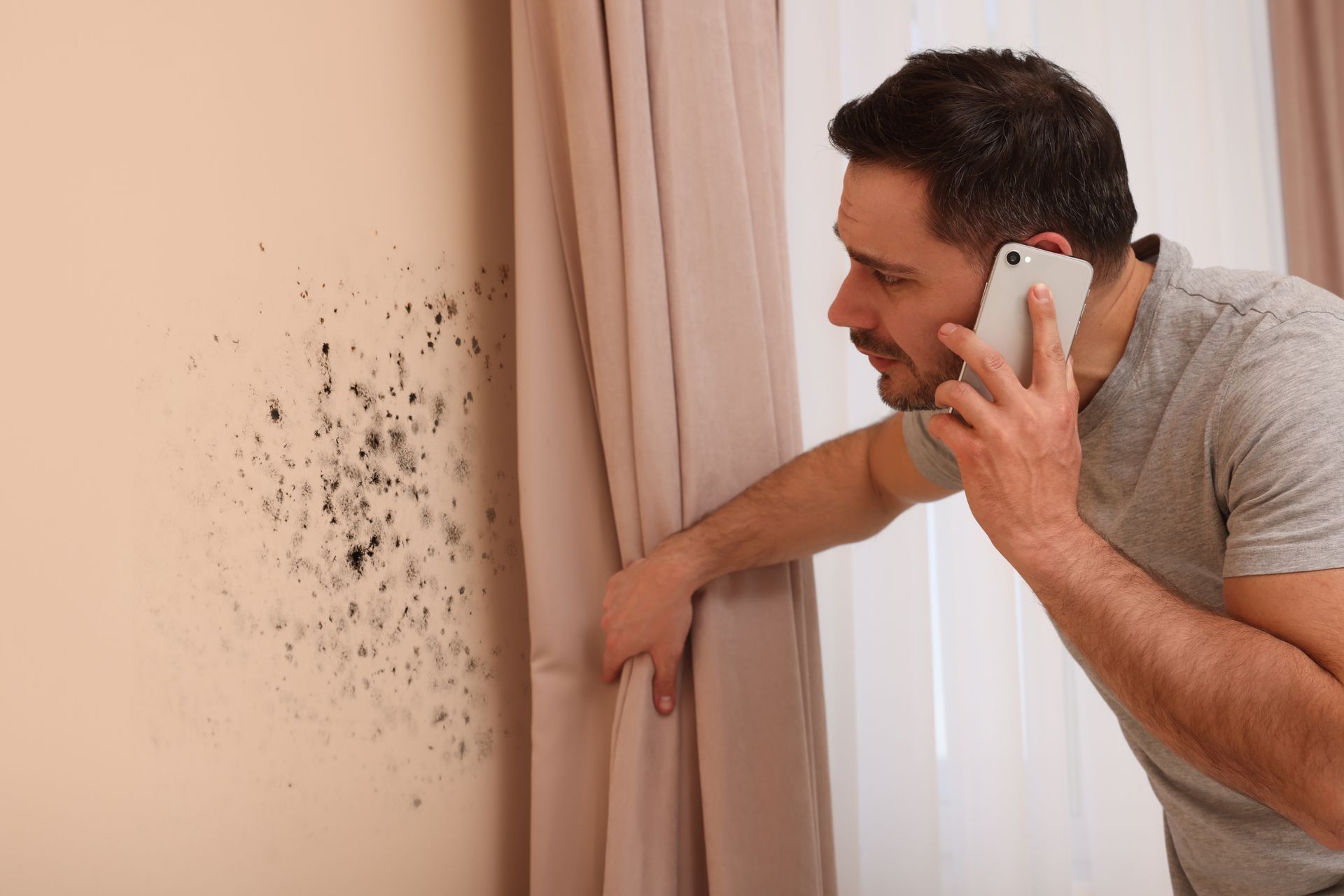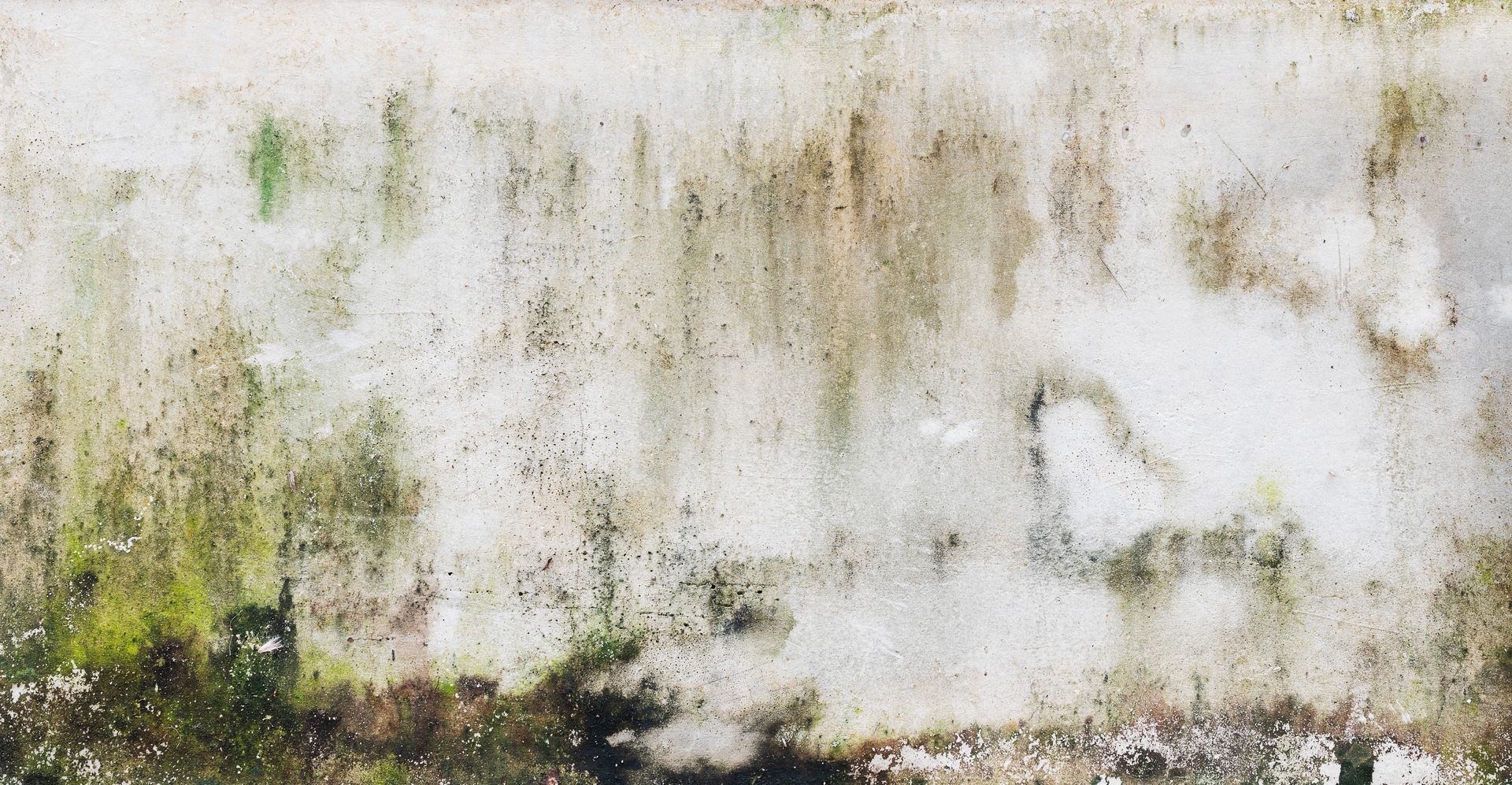Need Help? Talk to an Expert
Understanding the Mold Remediation Process
What to Expect
Introduction: Mold remediation is a crucial process to ensure that mold is effectively removed from your home and that the underlying issues causing mold growth are addressed. If you’ve never dealt with mold before, the process can seem daunting. Understanding what to expect during mold remediation can help alleviate concerns and ensure that the job is done properly. In this article, we’ll walk you through the key steps of the mold remediation process and explain how Peek Mold Control ensures a thorough and effective treatment.
1. Initial Inspection and Assessment
The first step in the mold remediation process is a thorough inspection and assessment of the affected areas. Here’s what typically happens during this phase:
- Visual Inspection: A professional mold inspector from Peek Mold Control will conduct a visual inspection of your home to identify visible signs of mold. They will look for mold growth on surfaces, water damage, and potential sources of moisture.
- Moisture Detection: Since mold thrives in damp environments, the inspector will use specialized equipment to measure moisture levels in walls, floors, and ceilings. This helps determine the extent of the mold problem and identify hidden mold.
- Air Quality Testing: In some cases, air quality testing may be conducted to measure the concentration of mold spores in the air. This can help identify the presence of mold that is not visible and assess the overall impact on indoor air quality.
- Assessment Report: After the inspection, the mold inspector will provide a detailed report outlining the findings, the extent of the mold infestation, and recommendations for remediation. This report serves as a guide for the next steps in the remediation process.
2. Containment of Affected Areas
To prevent the spread of mold spores to other areas of your home, the affected areas need to be contained. Here’s how this is typically done:
- Sealing Off Affected Areas: The remediation team will use plastic sheeting and other barriers to seal off the affected areas from the rest of your home. This containment helps prevent mold spores from becoming airborne and spreading to other rooms.
- Establishing Negative Pressure: In some cases, the team may set up negative air pressure within the containment area. This involves using air scrubbers with HEPA filters to create a vacuum effect that ensures mold spores are captured and not dispersed into other areas.
- Protective Equipment: The remediation team will wear protective gear, including masks, gloves, and suits, to prevent exposure to mold spores and contaminants. This ensures that the team remains safe throughout the remediation process.
3. Removal of Contaminated Materials
Once the affected areas are contained, the next step is to remove contaminated materials. This is a crucial phase, as it involves:
- Removal of Moldy Materials: Any materials that are heavily contaminated with mold, such as drywall, insulation, carpeting, or ceiling tiles, will be carefully removed and disposed of. These materials are usually bagged and sealed to prevent the spread of mold spores.
- Cleaning and Disinfection: After removing contaminated materials, the remediation team will clean and disinfect surfaces that are not affected by mold. This includes using antimicrobial cleaning solutions to kill any remaining mold spores and prevent regrowth.
- Drying Out the Area: It’s essential to thoroughly dry out the affected area to prevent mold from returning. The team may use dehumidifiers, fans, and other equipment to ensure that all moisture is removed from surfaces and materials.
4. Restoration and Repairs
After the mold has been removed and the area has been cleaned and dried, the final step is to restore and repair the affected areas. This phase includes:
- Restoring Surfaces: The remediation team will repair or replace any structural components that were removed during the process, such as drywall, insulation, and flooring. This helps restore your home to its pre-mold condition.
- Repainting and Replacing: Any areas that were cleaned and disinfected may need to be repainted or refinished. This includes applying mold-resistant paint and replacing any damaged furnishings or fixtures.
- Final Inspection: Once the restoration work is complete, a final inspection will be conducted to ensure that all mold has been removed and that the area is safe and dry. This inspection helps verify that the remediation process has been successful.
5. Addressing the Root Cause
Effective mold remediation goes beyond simply removing the mold; it also involves addressing the underlying issues that caused the mold growth in the first place. Here’s what to expect:
- Identifying Moisture Sources: The remediation team will identify and address the sources of moisture that contributed to the mold growth. This may involve fixing leaks, improving ventilation, or addressing issues with drainage.
- Implementing Preventive Measures: To prevent future mold problems, the team may recommend and implement preventive measures. This could include installing dehumidifiers, improving insulation, or making changes to your home’s ventilation system.
- Providing Recommendations: The mold inspector will provide recommendations for ongoing maintenance and monitoring to ensure that mold does not return. This may include tips for managing humidity levels and regular inspections.
6. Communication and Documentation
Throughout the mold remediation process, effective communication and documentation are crucial. Here’s how Peek Mold Control ensures that you are informed and involved:
- Regular Updates: The remediation team will provide regular updates on the progress of the work, including any unexpected issues or changes to the plan. This ensures that you are informed and can make decisions as needed.
- Detailed Documentation: Detailed documentation of the mold inspection, remediation process, and any repairs or restoration work will be provided. This documentation serves as a record of the work completed and can be useful for insurance purposes or future reference.
- Post-Remediation Testing: In some cases, post-remediation testing may be conducted to verify that the mold has been completely removed and that the area is safe. This provides peace of mind that the remediation process has been successful.
Conclusion:
Understanding the mold remediation process can help you feel more confident and prepared if you ever face a mold issue in your home. Peek Mold Control follows a comprehensive and systematic approach to ensure that mold is effectively removed and that your home is restored to a safe and healthy condition. If you suspect mold in your home or need professional remediation services, don’t hesitate to contact Peek Mold Control for expert assistance. With their experience and expertise, you can trust that your mold problem will be handled with care and precision.
You might also like


Book a Service Today
We will get back to you as soon as possible
Please try again later
For expert mold and water damage solutions, reach out to Peek Mold Control. We’re here to ensure your property stays safe and healthy.



